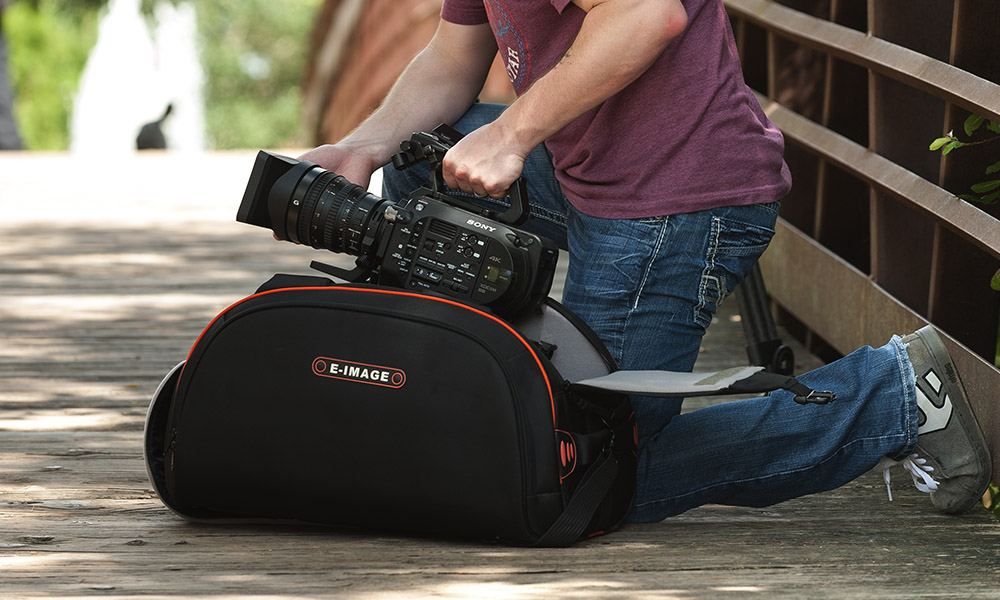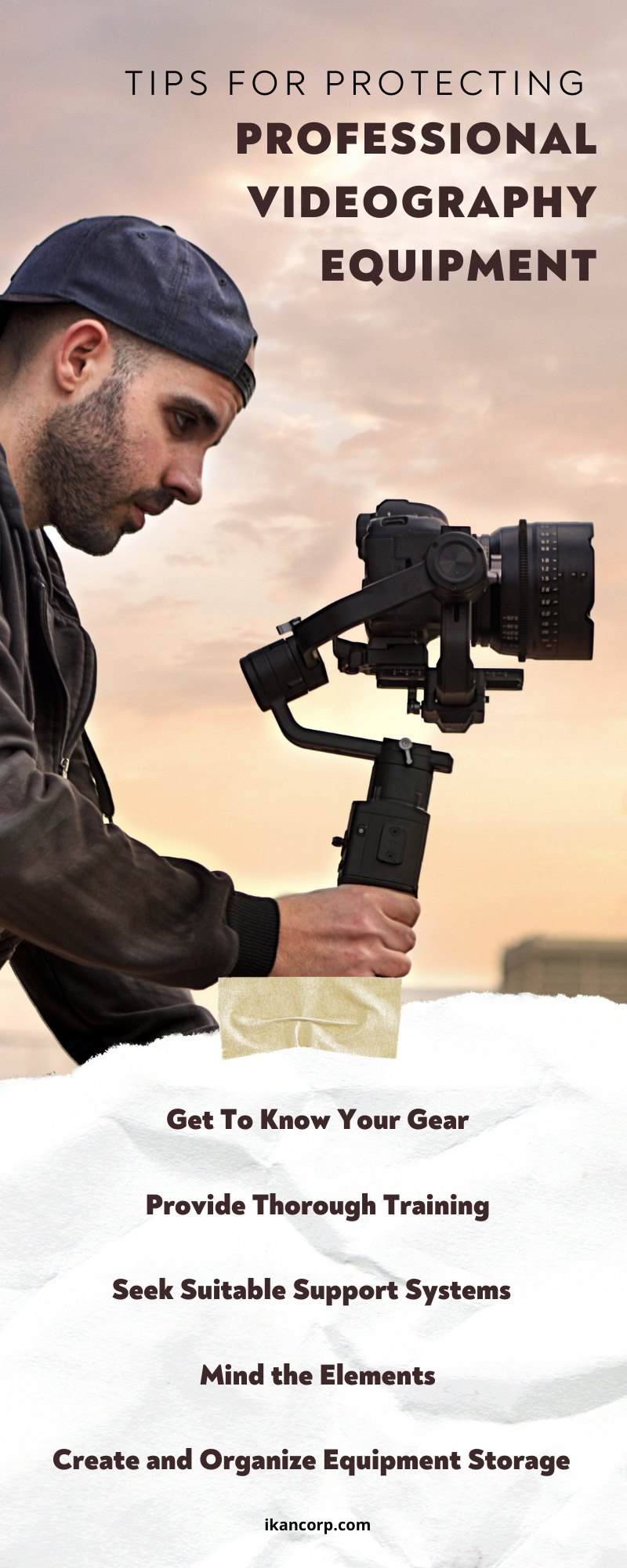
High-quality, professional-grade videography gear has reliable functionality and durability. Unfortunately, not making an effort to protect your video equipment can compromise both standards. Equipment damage is nothing new to the industry, so various tips and preventative measures exist. Use the list below to learn the top tips for protecting professional videography equipment on and off the set.
Get To Know Your Gear
It doesn’t matter how long you’re in the industry; you should always get to know any new piece of gear you add to the collection. Of course, getting to know your gear is a bit of a vague direction, so let’s dissect what that means precisely.
One of the first steps worth taking is reading the owner’s manual that comes with any piece of gear. That way, you can dive into the various equipment capabilities, handling tips, maintenance recommendations, and much more. Details like these will help you safely use the equipment to the best of its abilities.
Furthermore, getting to know your gear requires some hands-on time before your first shoot with it. Whether it’s a new light, lens, mic, or camera, practice using it at home or in the studio and familiarize yourself with how it functions. As a result, you can use the new gear with confidence and skill during its first shoot and each one after.
Likewise, the more you know about videography equipment, the easier it is to troubleshoot problems on set. Quick and easy steps like these will keep your set professional and productive. Next, let’s move on to a critical topic that should be one of your first considerations when buying new videography equipment: proper training.
Provide Thorough Training
As the details above address, becoming familiar with new equipment as soon as possible is essential for video productions. That being said, if additional crew members will work with new gear on set, they must have the same level of familiarity with equipment; an understanding of all functions, inside and out. Simply put, improper training is an easy way for equipment to experience falls, bumps, and other events that can inflict costly damage.
Professional videography equipment is reliable and durable, but it does have a breaking point, especially if it’s in the wrong hands. An excellent way to ensure that poor handling doesn’t lead to equipment damage is to train all relevant personnel as soon as the new gear arrives.
That said, thorough training also pertains to new crew members using long-time equipment. Hands-on practice is a must when onboarding new crew members to ensure they know the essentials before the shoot, instead of learning on the fly. Knowledge and care go a long way when it comes to keeping video equipment in excellent condition.
Seek Suitable Support Systems
Another way to keep your technology safe on set is by utilizing reliable support systems. Ikan carries a wide selection of video camera support systems so you can make your set more flexible without compromising equipment protection standards.
For example, camera support such as tripods and pedestals allow you to capture smooth footage while keeping the camera safe. Suffice it to say, trying to set up the camera on a random nearby structure doesn’t provide the specialized designs that professional tripods have.
Essentially, equipment support systems provide a stable tool that widens the scope of what you can do with the camera. However, microphones and lights have their own support systems that you should consider for any professional shoot.
The iconic boom pole is critical for capturing crisp audio on set, so buying a quality pole from reliable manufacturers ensures you can do so responsibly. Any mounts you need for the shoot require the same level of care; use only quality, professional-grade materials if you want the best results.
Mind the Elements
One of the essential tips for protecting professional videography equipment is considering the filming conditions. More specifically, the environmental conditions of the set. For example, you can shoot footage on a rainy day without any hardware issues.
That said, allowing rain into your camera will cause damage. In this circumstance, transport your camera in a waterproof carrying case to prevent moisture exposure. Plus, ensuring you have a dry place for equipment during rainy shoots is critical, especially if you want that footage to survive the trip back to the studio.
Winter weather requires similar care due to the potential moisture damage and intense temperatures. For instance, the temperature fluctuations you experience when walking from a cold environment to a warm area can promote humidity on sensitive equipment. Luckily the solution is simple because it requires nothing more than a plastic bag.
Putting sensitive materials in an airtight bag will keep away moisture when travelling between warm and cold environments. Once you give the equipment time to acclimate to the temperature, you can safely take it out and either store or use it responsibly.
Create and Organize Equipment Storage
When you’re a professional videographer, taking care of your equipment off-set is equally as important as caring for it on the set. For example, tossing tripods in a pile or loose lenses in a bin are storage solutions that will constantly lead to damages. Additionally, packing gear in unstable storage units can cause shifting and breaking; you can avoid this by using modern, top-tier tech. So, if you feel your equipment storage could be more stable or organized, make the change today!
After all, this change will pay off every time your cameras and mics function flawlessly on set. Preparing for a shoot only to discover broken lenses or bent boom poles is not a situation you want to be in.
Plus, as mentioned above, your transportation case should be ready to handle the conditions on set, too. Think about carrying cases as an extension of your in-studio storage; the better the case, the more peace of mind and security you’ll have when traveling to and from sets.
As you can see, the essentials for protecting professional camera gear are far from laborious tasks. At the end of the day, these tips boil down to proper preparation, organization, and handling. By prioritizing these qualities on set, your equipment will be ready and in the right hands for each shoot.

